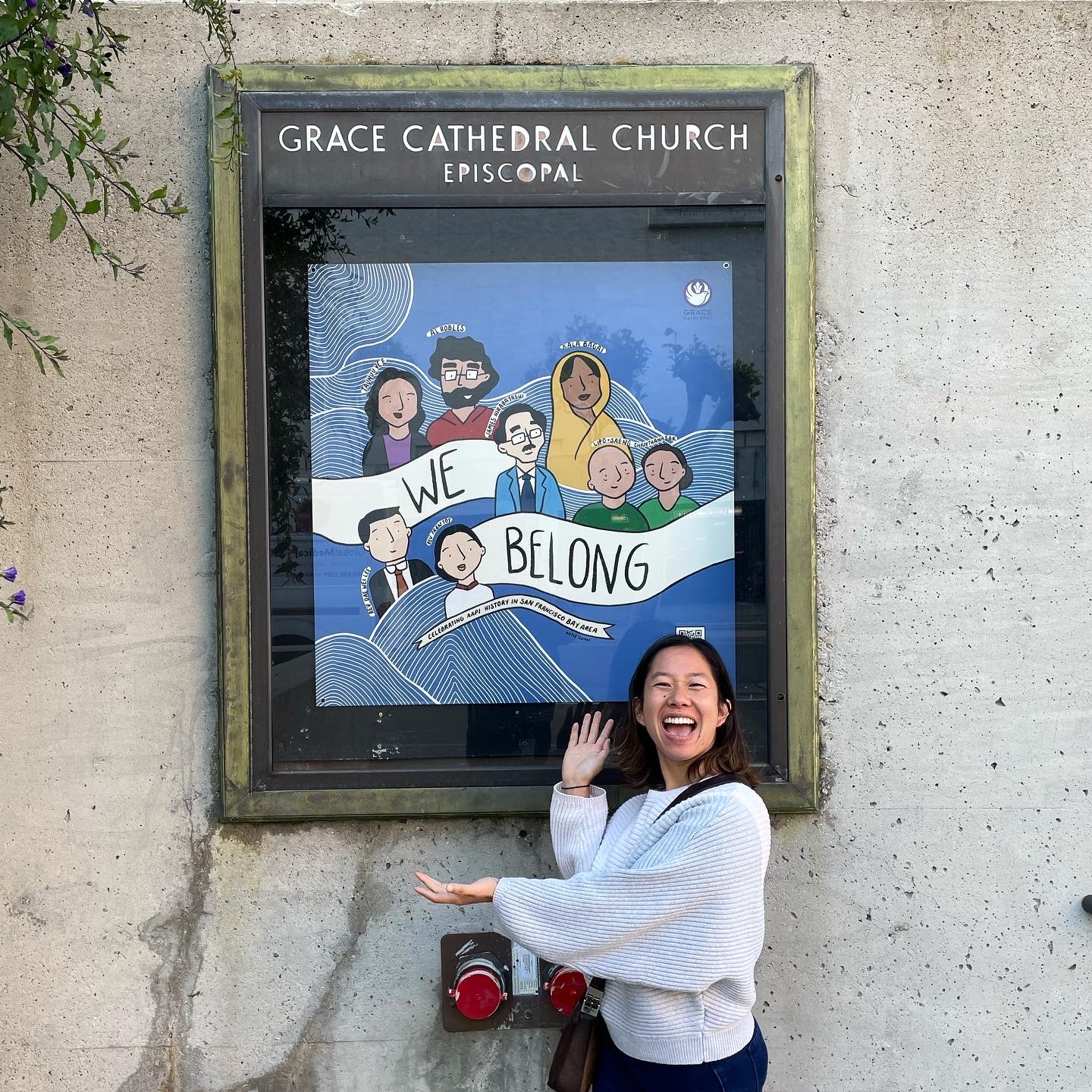We recently connected with Katie Quan and have shared our conversation below.
Katie, thanks for taking the time to share your stories with us today When did you first know you wanted to pursue a creative/artistic path professionally?
When everyone else said “astronaut” or “policeman”, I knew I wanted to be an artist. Ever since I was young, I have this very distinct memory of my dad coming into my preschool to draw pictures for class. It just became one of those moments that really stick to you. Growing up, my idea of a profession bounced around, but art was always “my” thing. I took art classes starting at the age of five and by high school, I began using comics to tell stories. When I started working a full time job, I craved to flex my creative muscle. I wanted to make something. I wanted to talk to people. I didn’t like sitting down for very long and well, after a few years of wrestling with those thoughts, I made the big decision to jump ship and here I am!

Awesome – so before we get into the rest of our questions, can you briefly introduce yourself to our readers.
I’m Katie Quan, born and raised on Ramaytush Ohlone land (now known as San Francisco). I’m a third generation Chinese American. For the past six years, I’ve been a teacher in Asian American Studies, but have most recently shifted to making my passion project into a full time career.
In high school, I was introduced to the world of comics and honestly, it was a game changer. I embraced the medium and used it for everything. In 2016, I decided to draw one comic a week and share them online. It was the first time I was sharing my work publicly and was immensely surprised by the warm reception. Today, most of my comics take an everyday approach to race and gender, poking fun at expectations and hypocrisy.
A couple years ago, I decided to expand upon my comic series and turn my love for teaching into REALSOUL, a curriculum-based arts organization. My goal is to share stories about communities of color and how they’ve worked together with other groups to create change. Through curriculum development, youth programs, and public events, we aim to show that you don’t have to be in a classroom to get excited about learning!
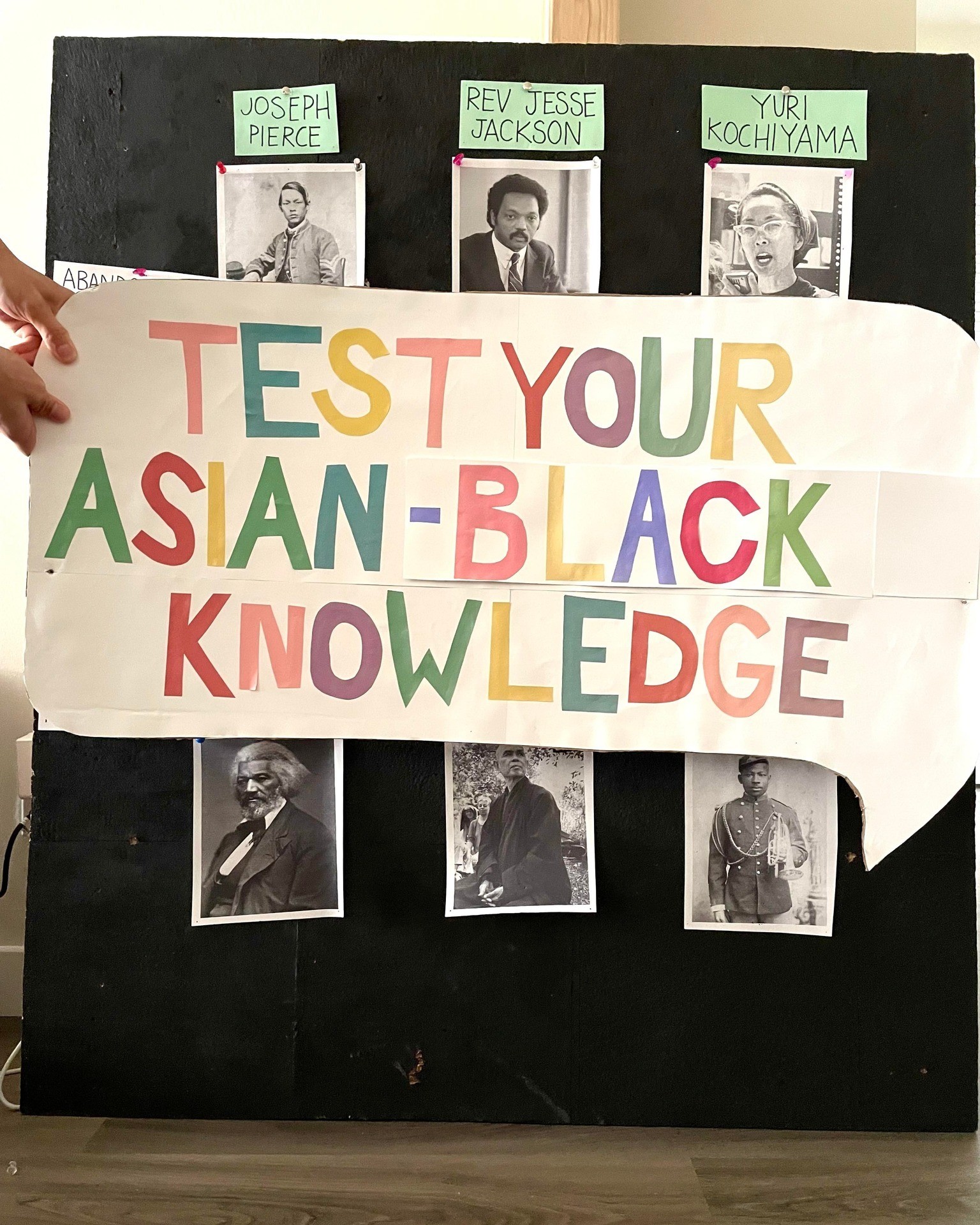
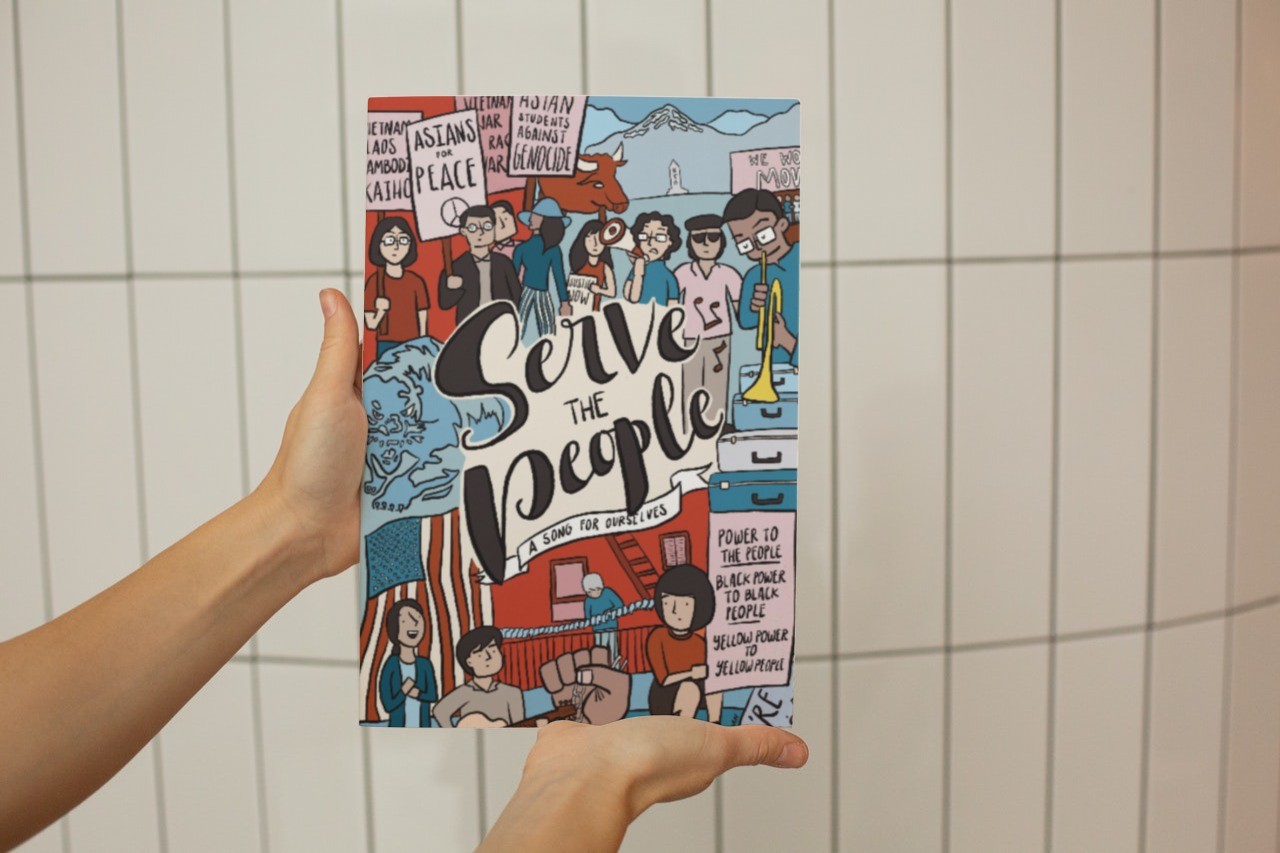
Is there a particular goal or mission driving your creative journey?
Absolutely! I was sixteen years old when I interned at Angel Island Immigration Station. Between 1910 to 1940, Angel Island served as a immigration station. Known as “Ellis Island of the West,” the experiences of immigrants who were processed on the West Coast actually differed quite a bit. Angel Island was meant to keep out Chinese from entering the U.S., in fear that they were taking up American resources. During this time, I learned that my grandmother was one of those immigrants and she had to stay on the island for two weeks. She was only twelve years old. That discovery gave me a space in American history that I was never taught in school. The more I learned, the more I belonged to a community.
Ever since, my work centers ethnic studies and social justice. Through my illustrations, I tell stories of BIPOC solidarity. In my comic series, GenerAsian, I share slices of life of as an Asian American woman. My workshops weave together my decade-long career of teaching and love for pop culture, making classroom topics accessible to the general public.
My hope is that whether it’s first time or bajillionth time people are being exposed to BIPOC stories, they, too, gain a sense of belonging and know that the fight for a better future is a collective one.
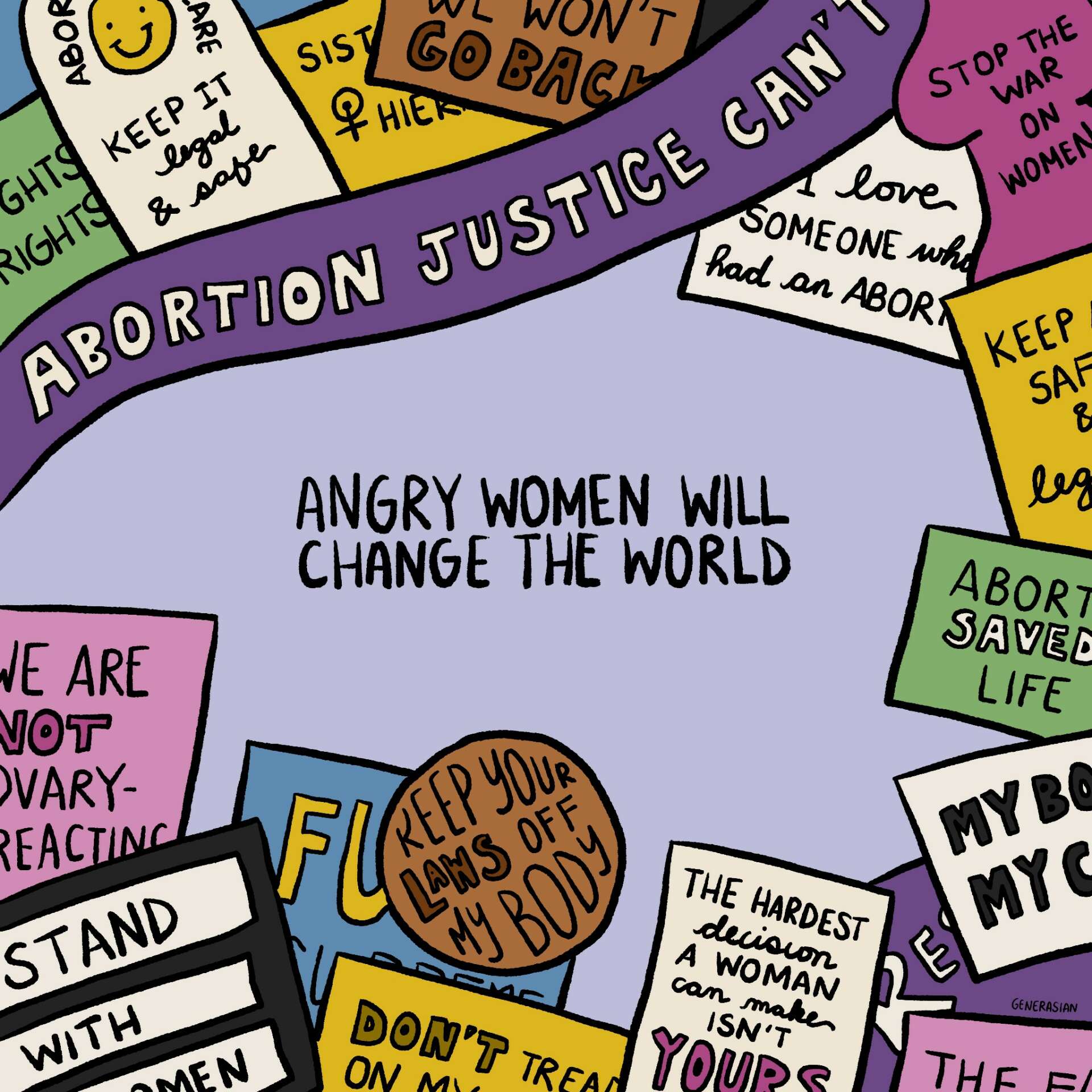
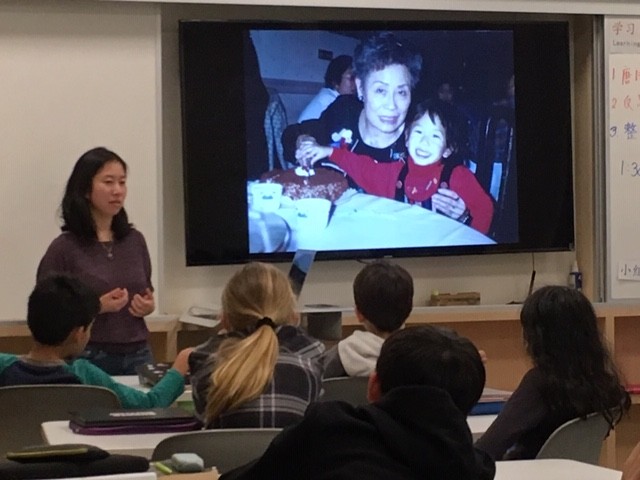
How can we best help foster a strong, supportive environment for artists and creatives?
1) Buy from local artists and bookstores! When you can, avoid using Amazon, Etsy, and other massive companies for these purchases. With more popularity on their platforms, fees have skyrocketed and so I’d recommend supporting creatives directly. If your budget is tight, even sharing love to your favorite artist or creative is an easy way to bright someone’s day.
2) Avoid using A.I. generated images. Right now, the world of A.I. is still a bit rogue which means there are no real policies in place to keep these companies from stealing various art styles and voices. This means the artist or creative, who has been honing in on their craft for years and years, is not fairly compensated or credited for the work they are doing.
3) Donate/volunteer to local art programs and organizations. Art, music, theater, and others are usually the first to get cut when school budgets are low. Going back to your alma mater and getting involved are great ways to contribute so that the next generation can have those opportunities too!
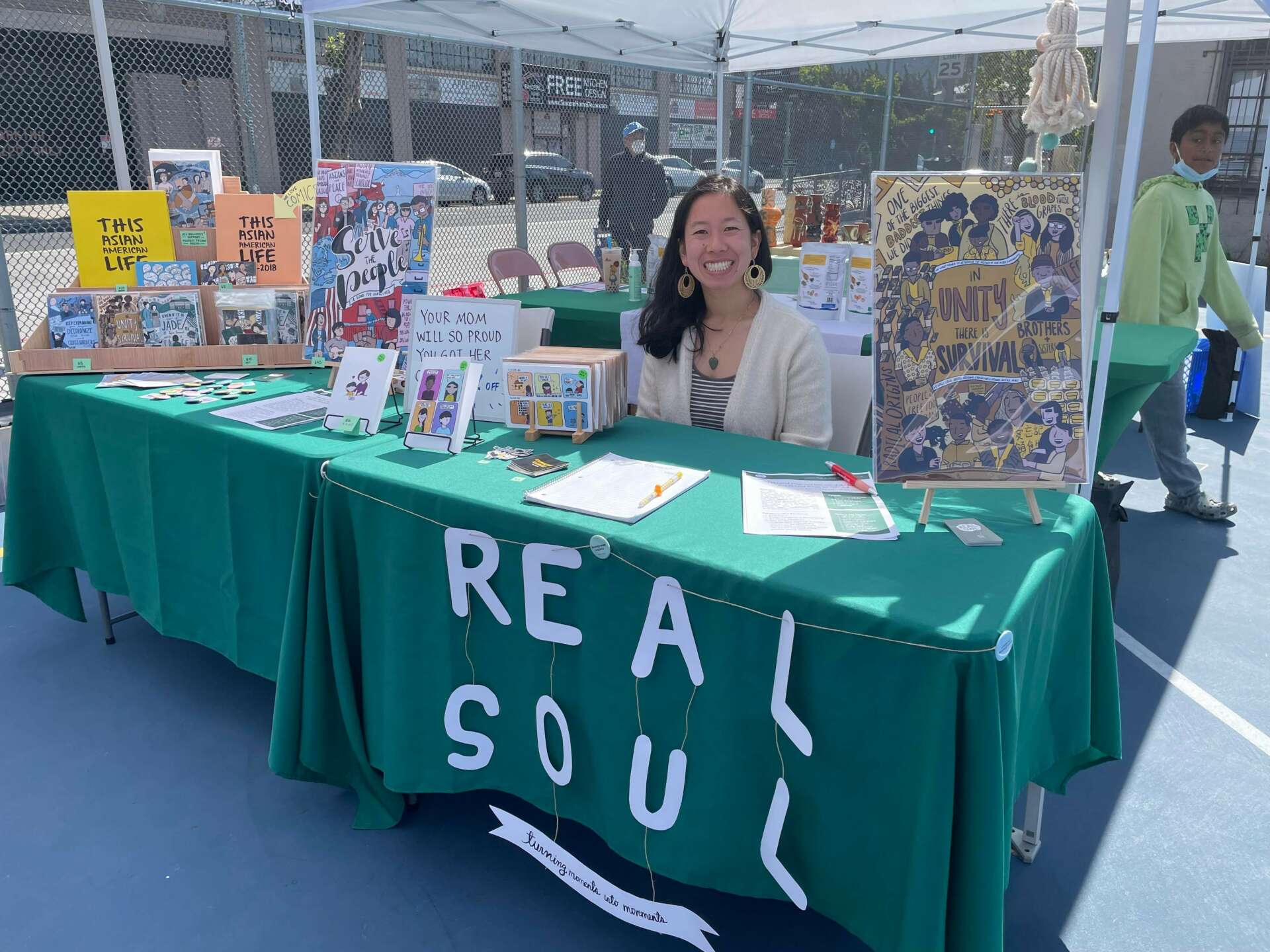
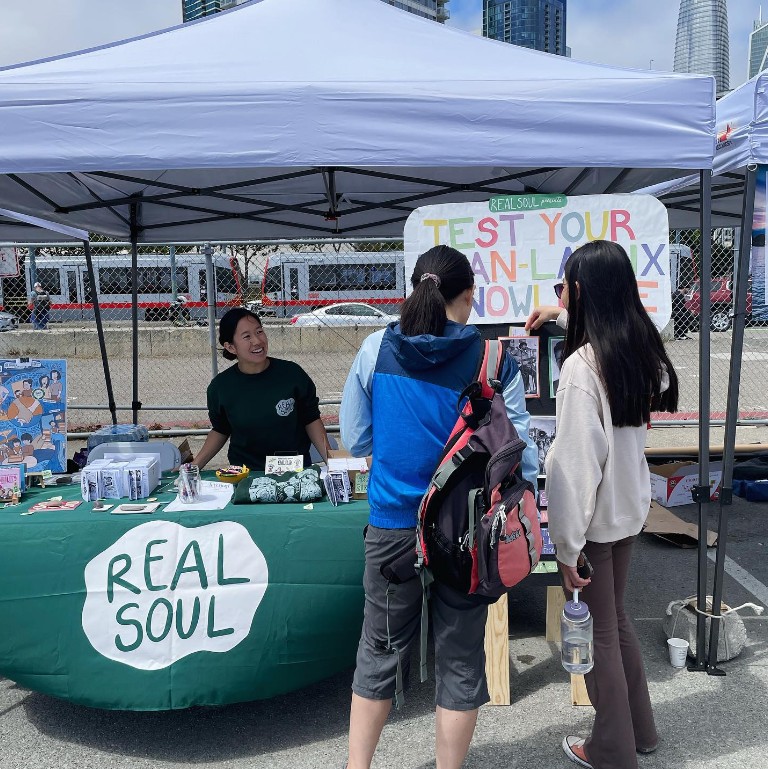
Contact Info:
- Website: www.realsoul.us
- Instagram: @realsoul.us
- Facebook: @realsoul.us
- Linkedin: @realsoul


